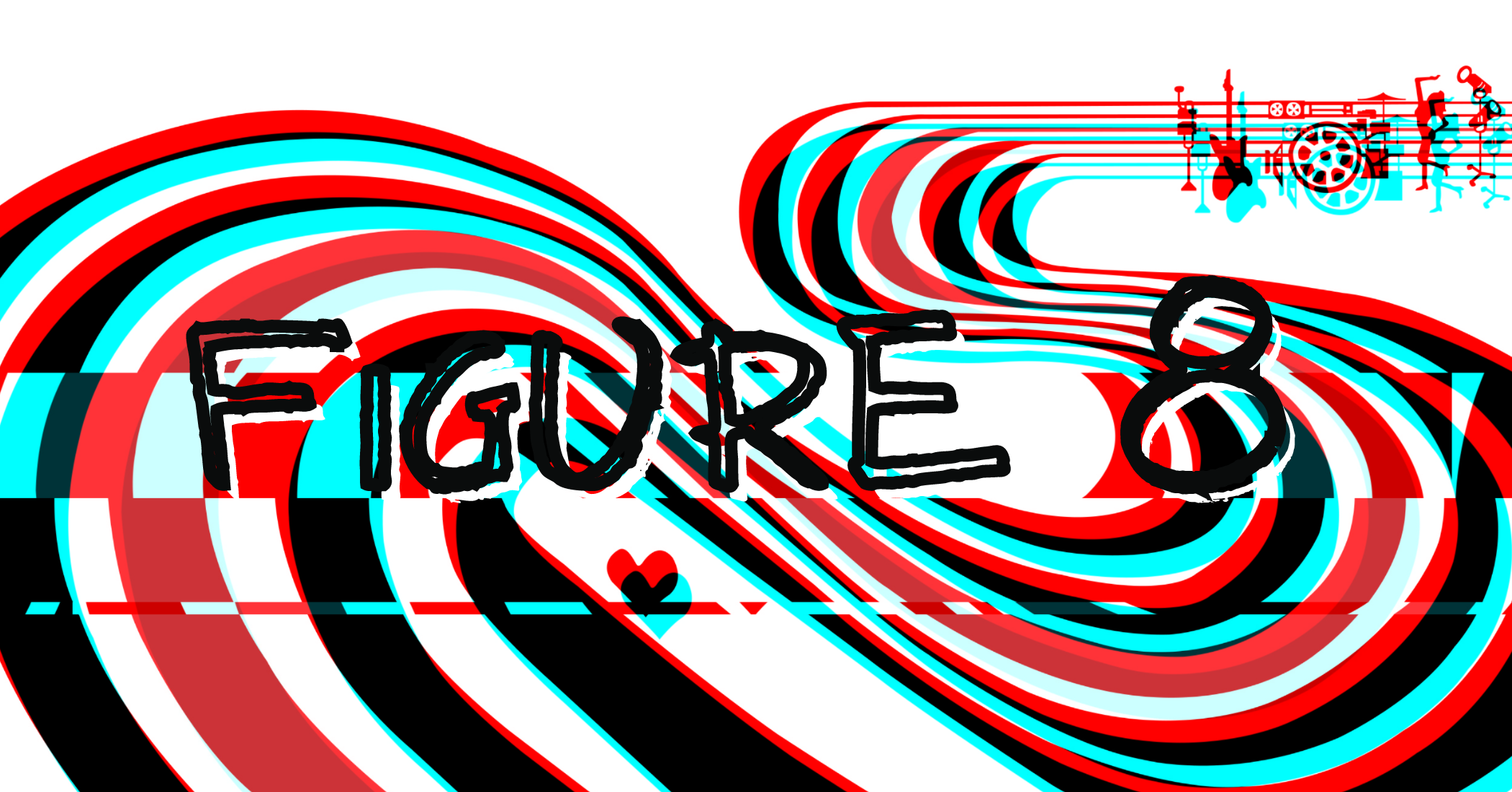Revisiting Elliott Smith’s Figure 8
By Anna Wojnarowski
There is something haunting about the final track of Elliott Smith’s Figure 8. Titled “Bye”, an instrumental lullaby of sorts, it ends the last album that Smith would be alive to see released. Twenty-twenty marks the twentieth anniversary of Smith’s fourth record. An album that at first, no one really knew what to do with, as time has gone by, it’s become a blueprint for all the artists that he has inspired and influenced.
When asked about what he thinks this album means, Smith said that making it felt like an “endless little task that doesn’t have any real point to it but it might look good if you stop and look at it.” His philosophy on music has always been that it has no real meaning and that he made it as nothing more than “something to do.” That feeling of aimlessness but doing something in spite of it is the crux of both this record and the legacy of it.
His most idiosyncratic song off the album, “Everything Means Nothing To Me” has a melody that gives the illusion that it doesn’t know where it’s going. Going up the scale and back down only to zig-zag around itself, it’s a triumph of the spirit and one of the best articulations of absurdism that has been put to tape. Going beyond his trademark whispers, Smith pulls notes out of himself that reflects someone who is trying to make sense of something that is not meant to have any. The chorus, which is just the title being repeated seventeen times, deconstructs its meaning until the sentiment itself has no significance. With piano leading the way until there is an explosion of cosmic synth and drums, the track becomes otherworldly. One can compare it to Alex G’s “Horse”, a song off the genre-bending 2017 record, Rocket, who said that his early work was “just rip[ping] off his shit!”. Observing the unpredictable notes that “Everything Means Nothing to Me” deploys, “Horse” takes it a step further and almost randomizes the notes into (barely) contained chaos. “Big Fish”, also on Rocket, is a more obvious dedication to Smith’s sound: soft harmonies, repeated phrases, and a simple melody that gives the spotlight on the voice that carries it.
With Figure 8 being the second record that Smith made under DreamWorks Records, critics and fans didn’t know exactly how to feel about the once indie artist, who once worked with Kill Rock Stars, now working with an incredibly un-punk mainstream record company. A departure from the intimate sound of 1997’s Either/Or, the beautiful darkness of his 1995 self-titled record, the coupling of grunge and acoustic demos in 1994’s Roman Candle, or even the lauded XO (also made under DreamWorks), Figure 8 was a record that Pitchfork’s Ryan Schreiber wrote was “without a doubt, another step down from XO in terms of songwriting, even if its production has taken a step in the right direction.” Production that is overtly Beatles-esque (a sound that Smith played with more subtly in his previous works), Smith’s songs create a harrowing juxtaposition between the band’s distinct up-tempo beats and Smith’s defeatist lyrics. The album, which Smith spent a week recording at the famed Abbey Road Studios, includes “Pretty Mary Kay.” Maybe the most obvious homage to Smith’s childhood love of The Beatles (also known as White Album), it starts small with intriguing electric strings, then slowly expanding with light drums and then before you know it, a harmony that makes Smith sound like he’s in a four-piece band. Reminiscent of “I’m So Tired” and “Dear Prudence”, Smith takes that sound and grounds it with progressive slowcore elements.
Twenty years later, what The Beatles were to Smith is what Smith is to some singer-songwriters now: “It’s like The Beatles to me, and I mean that in every way,” said Bridgers in an interview for NPR. On “Savior Complex”, a track off of her 2020 record, Punisher, the chords directly mirror the fourteenth track of Figure 8, “Better Be Quiet Now.” Both self-reflections on how one deals with relationships, the rawness of this track, amongst others in Figure 8, is a lasting feature on the indie/singer-songwriter genre that Smith left behind and others subsequently picked up.
It would be satisfying to say that this album, with its pop tendencies and dense storytelling, had a happy ending. Unfortunately, this record marked the beginning of the artist’s worsening struggle with addiction and depression. Hints of that trail into the album’s B-side. With “Can’t Make a Sound,” Smith grapples with the numbness he feels in the outside world while also trying to discern the mental isolation that he feels toward himself: “I have become a silent movie / The hero killed the clown / Can’t make a sound / Can’t make a sound / Can’t make a sound” and “Bored in the role, but he can’t stop / Standing up to sit back down” are emblematic of Smith’s feelings toward the new record label, the people he surrounds himself with, and himself. In 2003, Conor Oberst spoke to All Things Considered and said that Smith “had the ability to answer feelings in others that he was unable to answer in himself.”
At the end of Pitchfork’s review, Schreiber writes that “in the grand scheme of things….you only need to hear so much Elliott Smith before you get the point.” If that statement is true, then twenty years later, it’s amazing how the world has still not heard enough.

